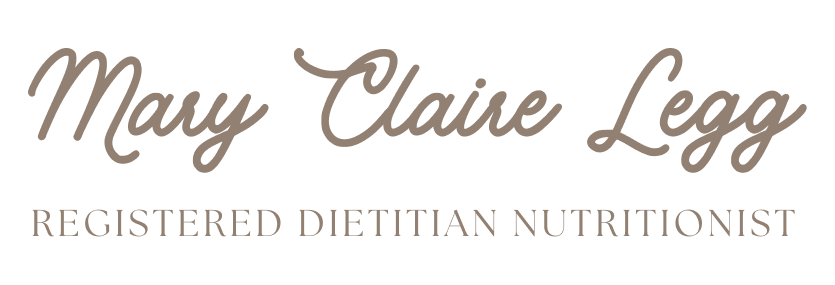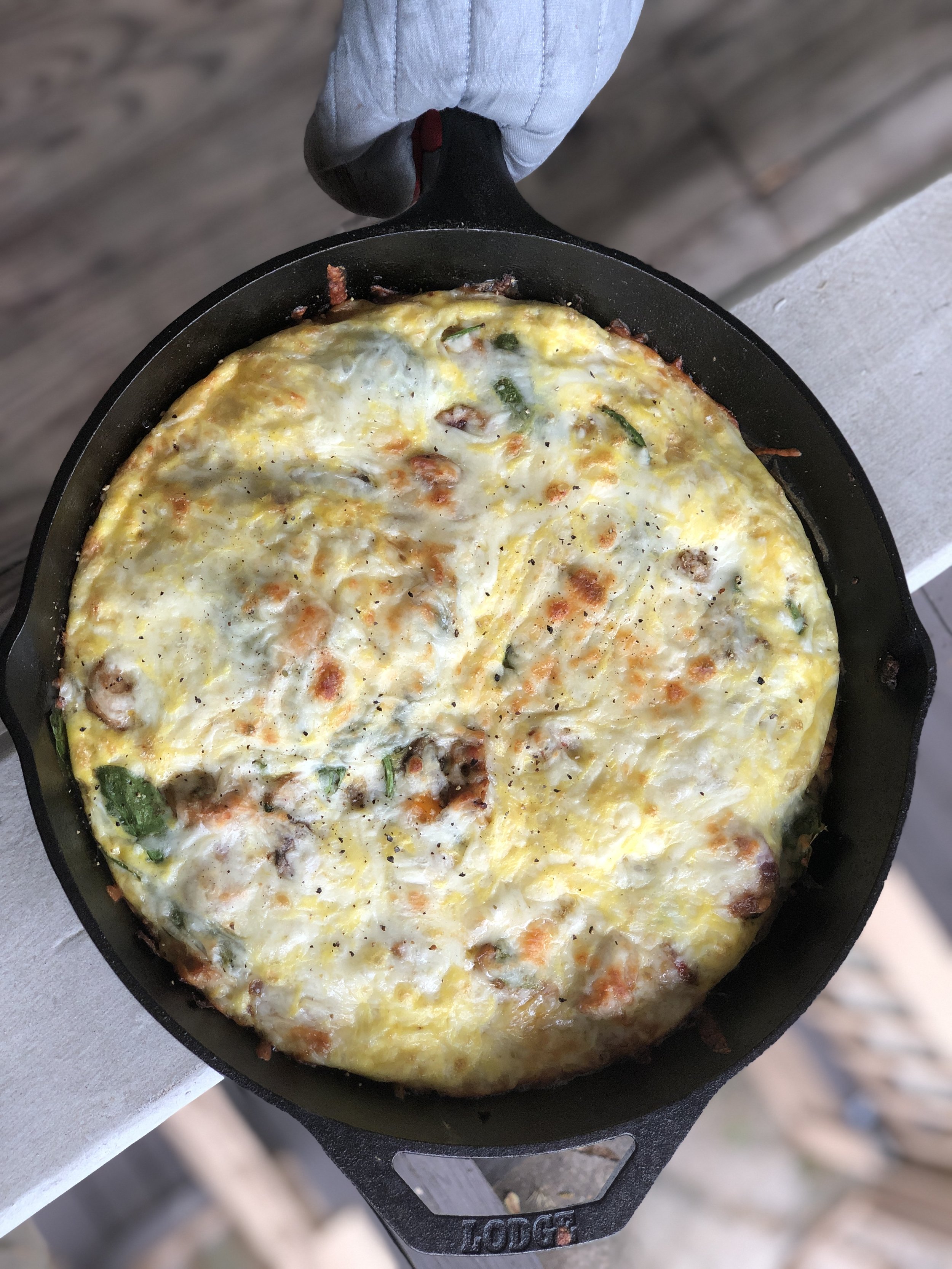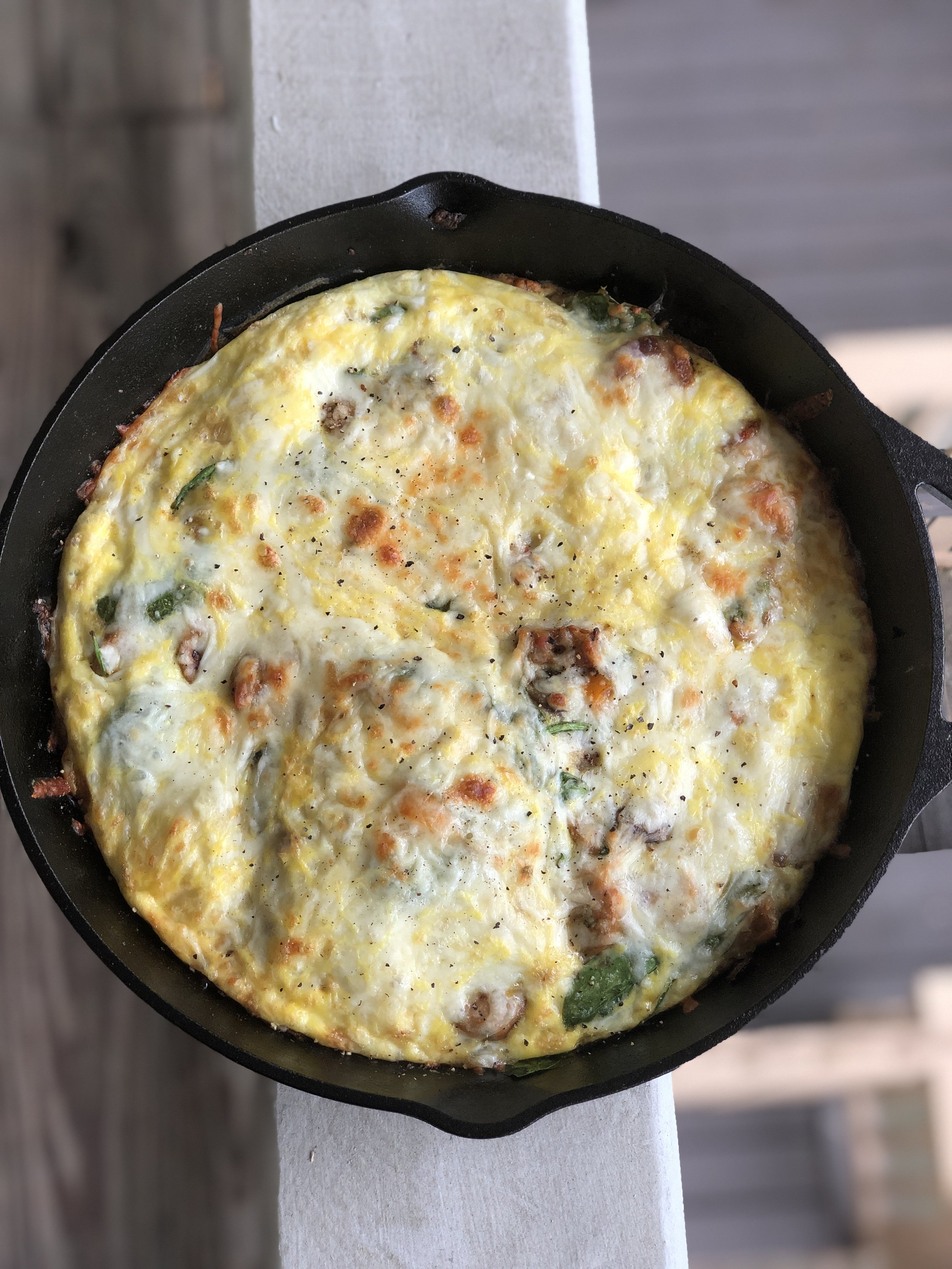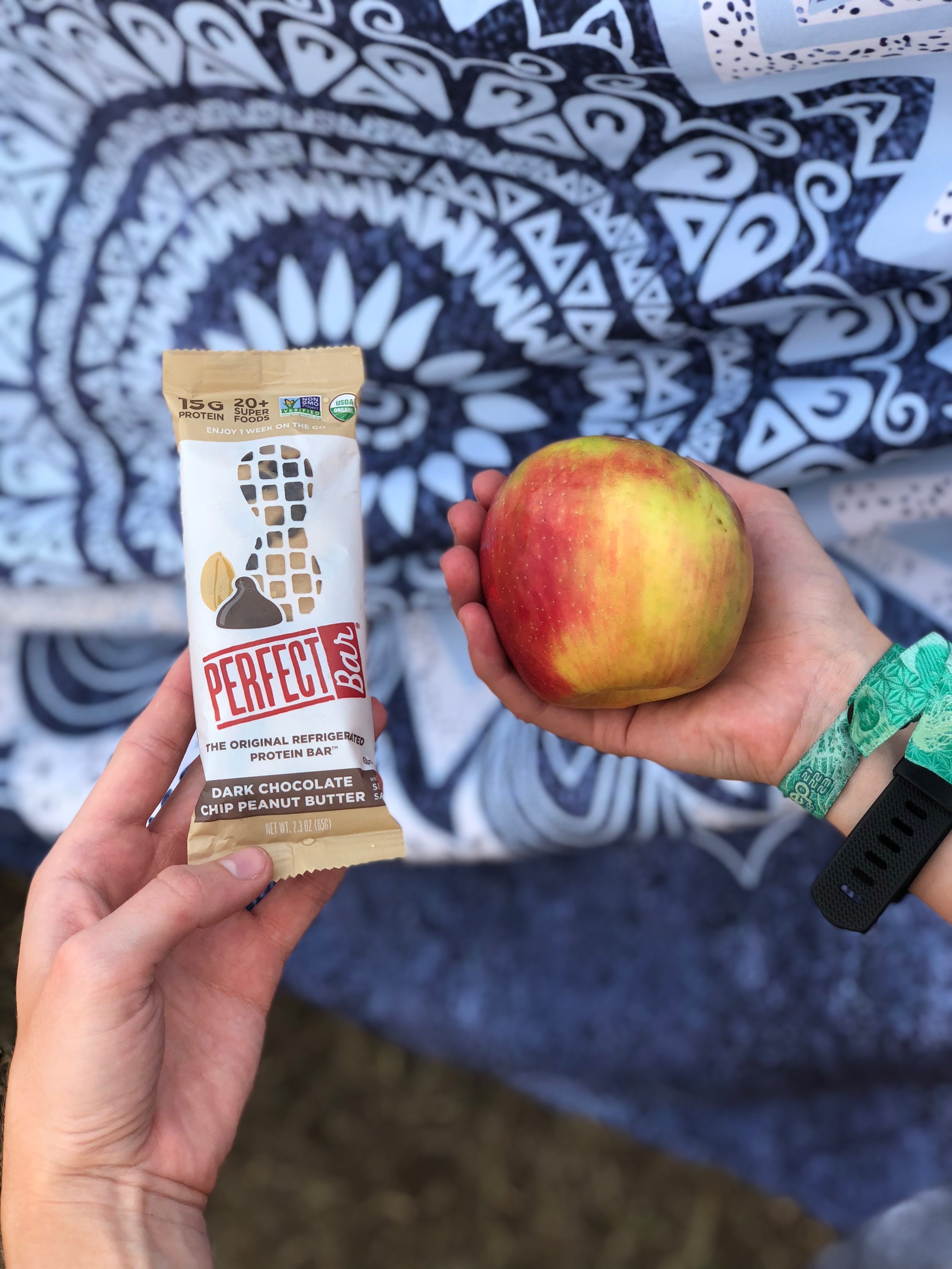If you know me well, you likely have heard or even witnessed how great of a cook my dad is. My mom spent many years preparing meals and while they were balanced and nourishing, she never truly enjoyed cooking. When my dad retired from his corporate job, he started getting creative in the kitchen and came up with some really great recipes. He really enjoys seafood and loves any excuse for it to be featured in a meal. I decided to draw inspiration for a new recipe based on one my dad makes often. It’s so good I couldn’t wait to share it! Introducing: 20 minute lemon shrimp pasta.
I love this recipe as it incorporates many flavors that are fresh and simple. It can be served family style, prepared with a loved one for date night in, or made in advance for meals all week long. Familiar ingredients such as lemon, garlic, and shrimp combined with sun dried tomatoes and white wine make for a rich and elevated flavor profile that pairs great with pasta. Additionally, it takes no more than 20 minutes to prepare!
This dish can be made gluten-free with the elimination of wheat pasta and incorporation of an alternative such as Banza or another chick-pea or lentil-based pasta. If seafood isn’t your jam, chicken would work well with this dish also. I served mine with roasted broccoli on the side for added texture, fiber, and flavor.
Ingredients:
1 tbsp olive oil
3 cloves garlic, minced
1/2-3/4 jar sun dried tomatoes packed in olive oil - I used this one from Trader Joe’s
¼ cup dry white wine
1 pound shrimp - I used the frozen bag of wild Argentinian shrimp from Trader Joe’s*
Zest of ½ lemon
Juice of 1 lemon
Salt & pepper to taste
1 pound whole-wheat pasta*
½ cup Parmesan cheese
1 bag broccoli florets
Directions:
For the broccoli:
Preheat oven to 400 degrees F. Arrange broccoli florets evenly on a large baking sheet. Coat evenly with olive oil (approximately 2 tbsp) and sprinkle with salt and pepper to taste. Roast broccoli in oven for 15-20 minutes until browned and crispy.*
*Turn broccoli frequently to ensure even browning
For the Pasta:
Bring a large pot of water to a boil. Add pasta and cook per directions on box (typically around 8 minutes).
While pasta and broccoli are cooking:
In a skillet, saute olive oil, garlic, and sun dried tomatoes over medium heat for approximately 2-3 minutes until fragrant. Add white wine and let cook for an additional 3-4 minutes until alcohol cooks off. Add shrimp and cook 5-7 minutes until shrimp are pink and firm. Add lemon zest, lemon juice, and salt & pepper to taste. Drain pasta and add back into pot. Add shrimp mixture to pasta and combine well. Add Parmesan cheese and serve with broccoli on the side! May store in fridge for up to 1 week.
*If using frozen shrimp, make sure to thaw prior to cooking. Let bag thaw in refrigerator overnight OR place bag into a bowl of cold water for approximately 15 minutes before cooking.
*May substitute regular pasta or gluten-free pasta if desired
Hope you love it as much as I do!
Xx,
Mary Claire




























